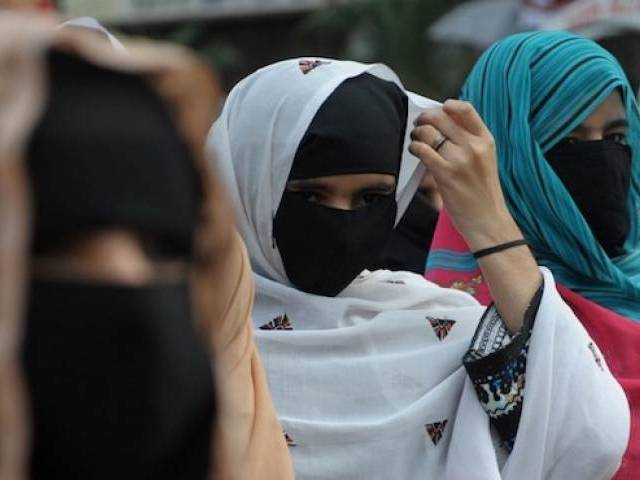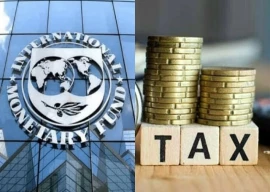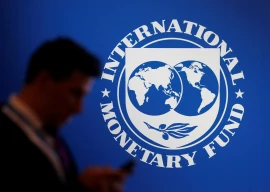
Enactment of the Punjab Protection of Women against Violence Bill has once again triggered a debate on women’s rights and empowerment in the country’s largest province. However, while the province may seem to be leading on the policy front, it is mass awareness of the very same laws as well as their effective implementation that are viewed as major hurdles.
Since 2008, the province has seen successive governments of the Pakistan Muslim League-Nawaz, under which it managed to enact various laws on women rights and protection. Three major laws include the Protection against Harassment of Women at the Workplace Act 2010, the Punjab Commission on the Status of Women Act 2014, and the Punjab Fair Representation of Women Act 2014.
Punjab Assembly unanimously passes protection of women bill
In addition, more laws have been amended over the past few years. Citing protection of women from exploitation and to ensure expeditious resolution of family disputes, the Punjab Assembly in 2015 passed various amendments to the Punjab Muslim Family Laws, Punjab Child Marriage Restraint Act and the Punjab Family Courts Act, among others.
While Punjab seems to be taking the lead in terms of policy making, it stands pretty much where the rest of the provinces do in terms of implementation, observes Mumtaz Mughal, Regional Director of Aurat Foundation. Having worked closely with the Punjab government over the past several years, she points towards the obvious challenges ahead.
Even the policy interventions came about through a struggle. From 2008 to 2012, Mughal says the PML-N was considered a party that was rigid towards women. “Under immense political pressure, with the PTI emerging and the elections right around the corner, they started thinking along these lines,” she recalls. What followed was the Punjab Women Empowerment Package of 2012 which included legal reforms to improve inheritance and women-related laws. Besides interventions in health and education, public sector reforms called for 33% representation of women in boards of public sector companies and committees among others. In 2014, the government came up with another Women Empowerment Initiatives that largely focused on economic and social empowerment interventions.
First case registered in Lahore under Women's Protection Act

But Mughal laments that even in 2016, women lack representation of 33%, falling as low as 7% in many public sector committees. The help desk for women at police stations is just another commitment not yet honoured, she adds. “Implementation is seriously lacking and for Punjab that, perhaps, is the real challenge.”
Chairperson of the Punjab Assembly’s Standing Committee on Gender Mainstreaming, Raheela Khadim defends her party’s intention, if not their performance. “Awareness will help us implement laws effectively,” she says. And while she agrees implementation is lacking, she is hopeful about the future. “We are now seeing a greater number of cases being registered and a larger number of women seeking justice. This is because people are more conscious of their rights.” Since 2012, she claims there has been an influx of 25,000 women in various policy-making levels across the government.
A committee on gender mainstreaming was also established in 2013 after the general elections as part of the implementation of the Women Package of 2012. “Women empowerment is taken very seriously in our party,” says Khadim, adding that it has taken them a while to dismiss the notion of being ‘women-unfriendly’.
Executive Director at Shirkat Gah, Farida Shaheed says that while the government is attempting various remedies at various policy levels, legislative cover still remains insufficient. The recently-enacted Protection of Women against Violence Act 2016 fails to criminalize domestic violence, something that troubles Shaeed. “Why didn’t you go all the way? What prevented you to declare domestic violence a crime? These are my questions for the government and my worry angers a lot of people.” Though there is a cause for celebration over the law, she fears this may be minimal. Due to lack of available data on cases of violence, Shaheed finds it difficult to extract similar information from the police. “There is no information provided by the police; only anecdotal evidence available to gauge various initiatives.”
Punjab's pro-women bill goes against Sharia, says Fazl
For Shaheed, drawing a conclusion on government interventions is difficult in the absence of data that gauges its implementation. “Again, effective implementation is my real question.”
In order to address these concerns, the Punjab Commission on the Status of Women (PCSW) launched a cyber-based Gender Management Information System on March 7. The GMIS is an online database with as many as 300 indicators affecting the status of women in the province. Largely based on six thematic areas, including health, education, governance, violence against women, legal rights and economic empowerment, the database will offer a detailed fact sheet for the province, says chairperson of the PCSW Fauzia Viqar.
“The primary objective is not only to make governance open for accountability, but also to ensure access to information,” she says. The commission itself was established in 2014 after the passage of the Punjab Commission on the Status of Women Act by the Punjab Assembly the same year.
The launch of the online database coincides with the launch of the province’s first-ever Gender Parity Report, a collaboration of the PCSW and the Urban Unit. Viqar believes the report will provide much needed figures to facilitate the evaluation of policies relating to women empowerment. The 300-page report was compiled by the commission to check compliance of measures announced by the government in 2012 and 2014.
Viqar says the report points at many troubled areas, including violence, representation, as well as empowerment, especially economic. Though the report does not paint a rosy picture, it gives hope. “While there is a long way to go, the great thing is that Punjab is on track.”
Published in The Express Tribune, March 8th, 2016.































COMMENTS
Comments are moderated and generally will be posted if they are on-topic and not abusive.
For more information, please see our Comments FAQ